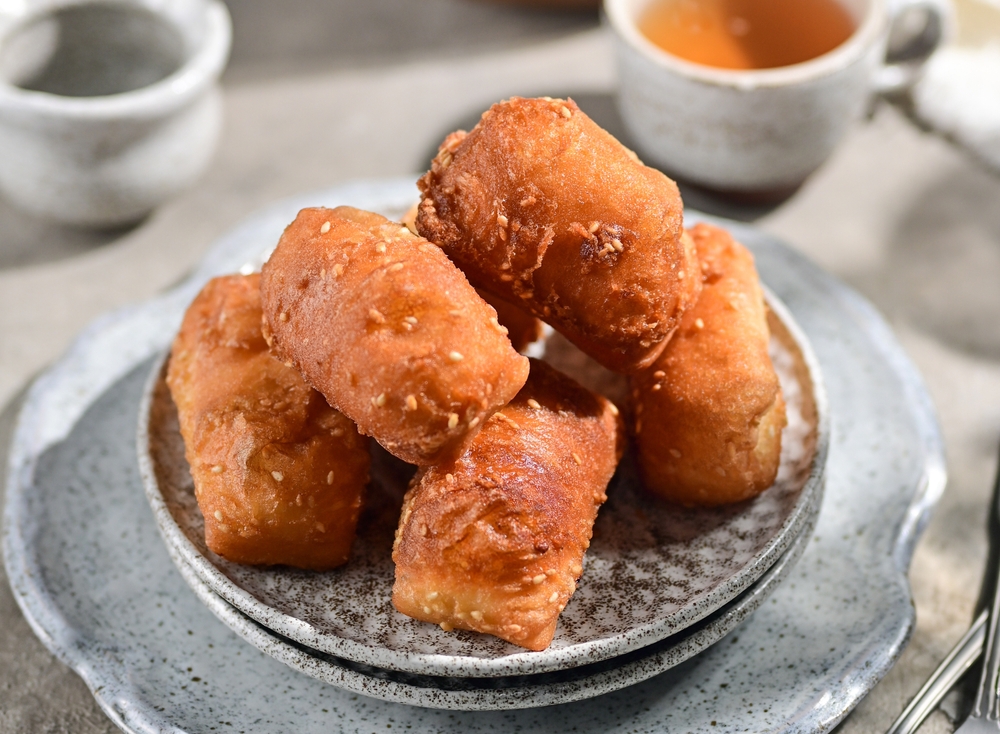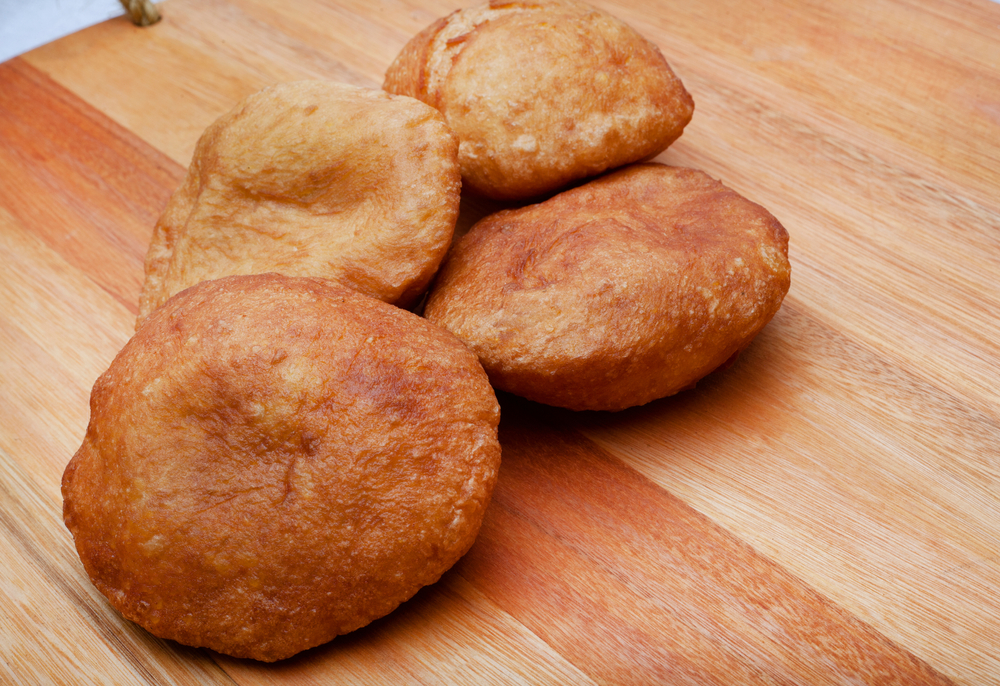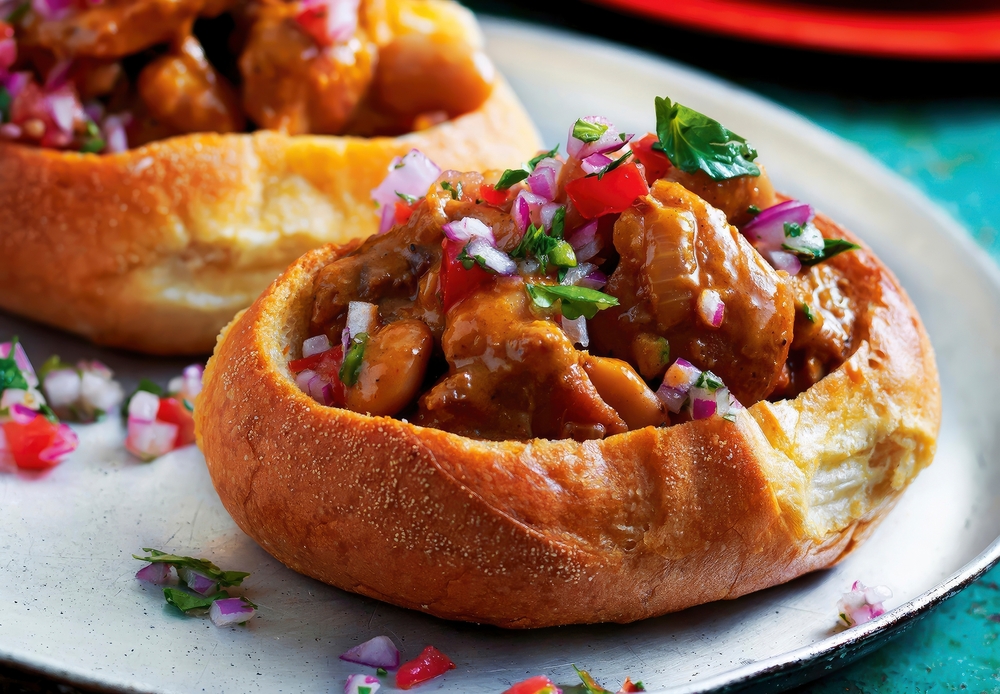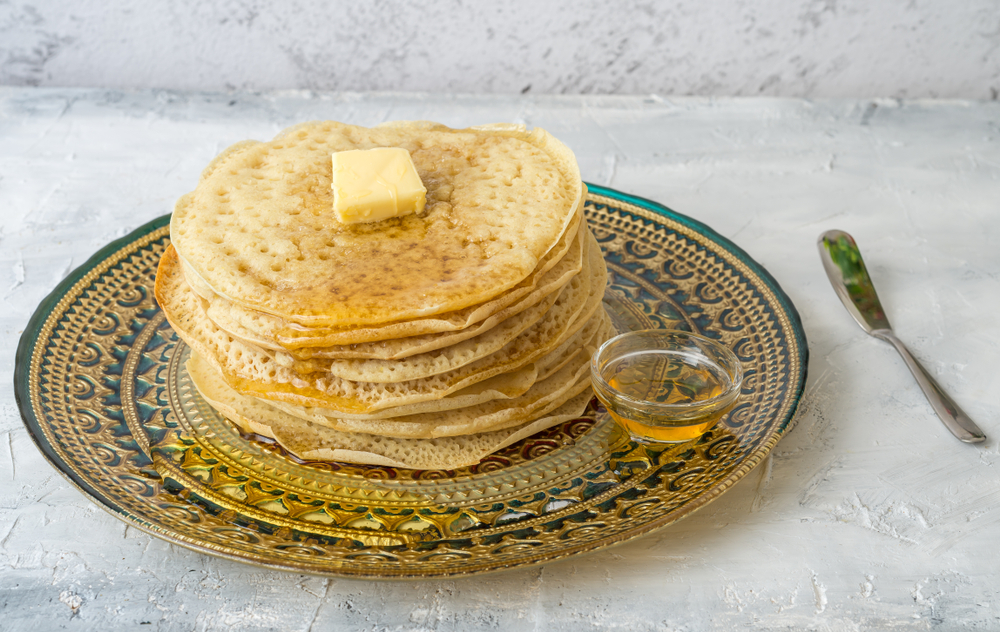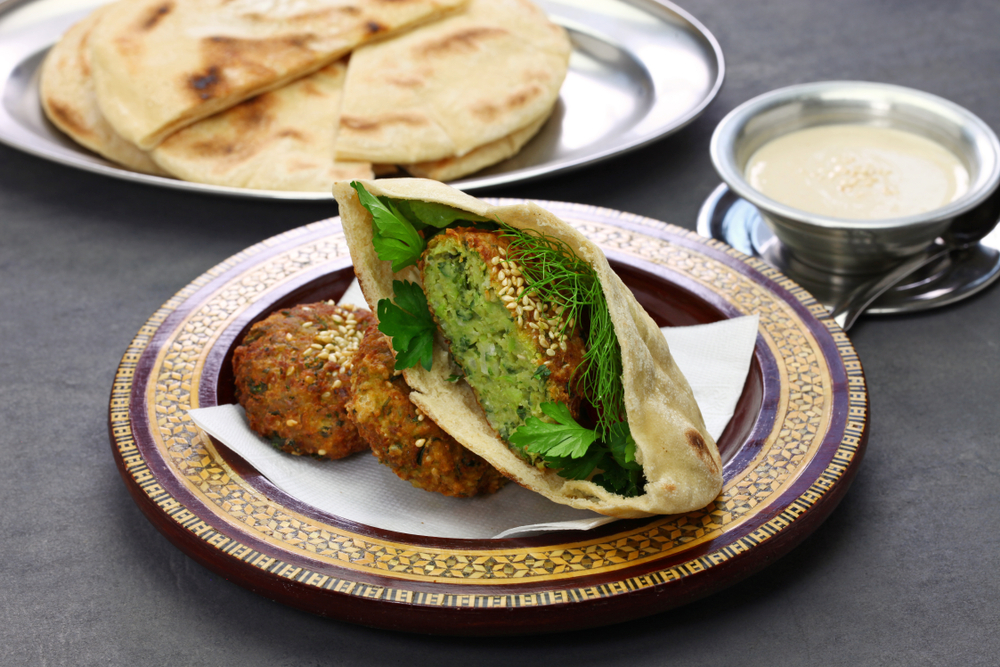Ugali, a staple dish across many parts of Africa, holds a special place in the culinary landscape of Tanzania. A dense, dough-like side dish made from maize (corn) flour, it serves as the perfect accompaniment to an array of main dishes. In Tanzania, Ugali is not just food—it’s a symbol of sustenance, unity, and tradition.
Tracing the Origins of Ugali in Tanzania
While the dish is found in various forms across the African continent, in Tanzania, Ugali is deeply intertwined with the country’s agricultural practices and cultural ceremonies. Maize, introduced to Africa centuries ago, became a staple due to its adaptability to the region’s varied climates. As it grew in prominence, so did the techniques to process and consume it. Ugali emerged as a simple yet satisfying solution to provide energy and nourishment.
In Tanzanian households, the act of preparing and eating Ugali is almost ritualistic. It’s commonly consumed with sukuma wiki (collard greens) or fish from Lake Victoria, especially in the northern regions.
Essential Ingredients for Tanzanian Ugali
- 2 cups of maize (corn) flour, preferably white
- 4 cups of water
- A pinch of salt (optional)
Note: The ratio of water to maize flour might vary slightly based on personal preferences for the final consistency.
Step-by-Step Cooking Instructions
- Preparation: Begin by bringing the water to a boil in a sizeable sturdy saucepan or pot. If you’re using salt, you can add it to the boiling water.
- Pouring the Flour: Reduce the heat to medium. Slowly start adding the maize flour to the boiling water while stirring continuously to prevent any lumps from forming.
- Mixing: Continue stirring and adding flour until the mixture thickens and starts to pull away from the sides of the pot.
- Cooking: Once the Ugali has thickened to a dense, dough-like consistency, reduce the heat to low. Cover the pot and let it cook for a few more minutes.
- Serving: Remove the pot from the heat. Wet a wooden spoon or spatula and use it to shape the Ugali into a smooth mound. Turn it out onto a serving plate. It’s traditionally served hot and is eaten with the hands. You pinch off a small piece, roll it into a ball, and use it to scoop up accompanying dishes.
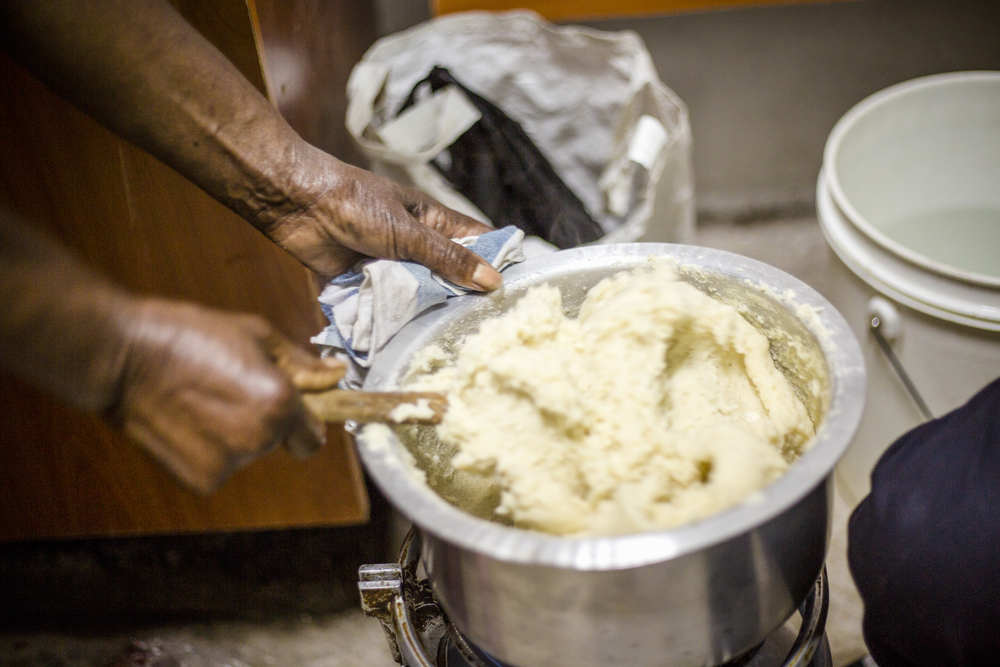
Embracing the Full Ugali Experience from Tanzania
To truly appreciate Ugali, one must understand its role in Tanzanian dining. It’s often enjoyed in a communal setting, emphasizing the unity it brings to the table. Whether paired with rich stews, grilled meats, or simple vegetables, Ugali’s versatility shines through. For many Tanzanians, a meal feels incomplete without this cherished staple.
Discover the World of Tanzanian Cuisine
Tanzania offers a culinary landscape as diverse and vibrant as its geography. From the bustling streets of Dar es Salaam to the serene beaches of Zanzibar, every corner tells a delicious story. Delve deeper into the rich tapestry of Tanzanian flavors and traditions. Experience spicy street foods, hearty home-cooked meals, and sweet delicacies that have been cherished for generations. Every dish has a story, every flavor a history. To truly embrace the essence of this East African gem, explore our Tanzanian Cuisine Hub. Dive into recipes, histories, and cultural insights that will not only satiate your appetite but also feed your curiosity. Embark on this culinary journey and celebrate the diverse gastronomic treasures of Tanzania with us. Don’t just read—taste, cook, and immerse yourself in every bite!








